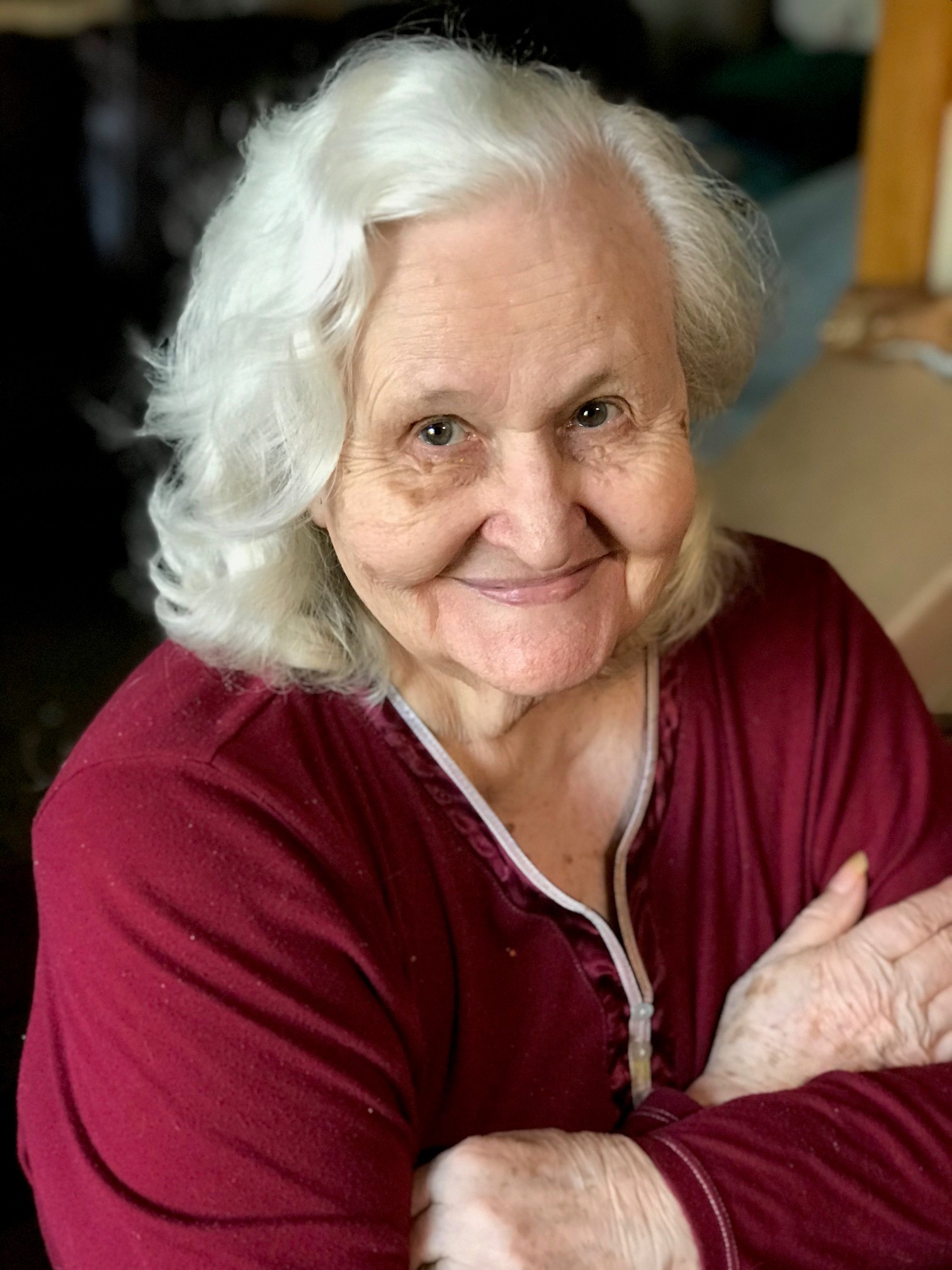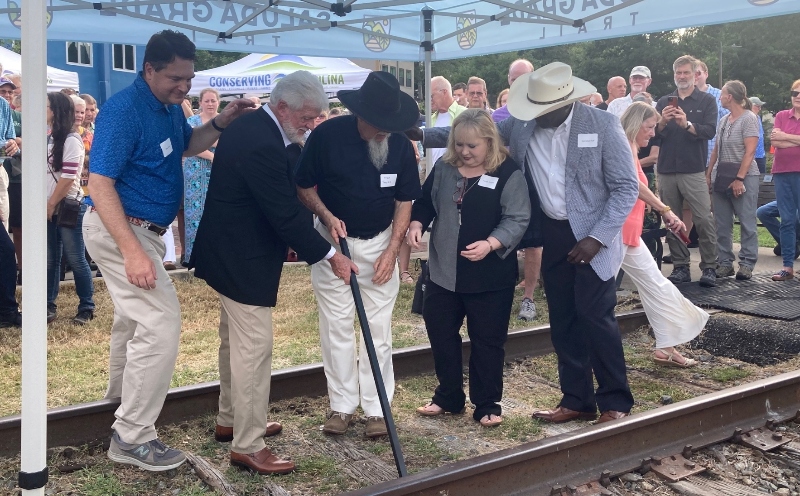The changing influence of a pharmacist
Published 12:27 pm Tuesday, January 25, 2022
|
Getting your Trinity Audio player ready...
|
Healthcare Umbrella
Our articles often focus on the medical practice of fighting a disease, which frequently means that we emphasize a doctor or promote the latest medical equipment. But an often-overlooked element of the healing journey is the pharmacist. While we likely think of the pharmacist as the person responsible for dispensing medications, the profession has come a long way.
Trending
Among the responsibilities of a pharmacist are medication preparation, compliance, and patient education. In addition to the role of the community pharmacist, who you may see behind the counter in the drug or grocery store, pharmacists work in hospitals, clinics, research and development, and are embedded in family medicine practices.
AN EXPANDING ROLE AT ST LUKE’S
According to the Food and Drug Administration, there are more than 100,000 reports annually of medication miscues occurring across the healthcare spectrum, and of that total, 7,000 to 9,000 people die. And the cost of looking after patients that have had adverse medication events exceeds $40 billion every year.
Trending
Stats like that show you how critical the work of a pharmacist is wherever they work. Today I want to highlight two pharmacists in our network who perform drastically different roles: Kevin Reynolds, Director of Pharmacy at St. Luke’s Hospital, and Evan Drake, Clinical Pharmacist embedded with Foothills Medical Associates.
Kevin Reynolds directs a team of pharmacists that closely collaborates with our hospitalists, emergency department physicians, surgeons, and outpatient providers to dispense and prepare all medications for the hospital. In addition, his team works attentively with nursing, lab, and radiology staff to adopt new therapeutics and optimize care. According to Kevin Reynolds, “Before we dispense medications at St. Luke’s, we execute a process called “medication reconciliation.” We thoroughly review the patient’s medical history through this procedure, looking for dosage issues, allergies, or interaction issues with previous medications. There are times when the pharmacist will also discuss potential side effects or dietary restrictions directly with the patient. Kevin shared that “our objective at St. Luke’s is to check and doublecheck every order that moves through our department to ensure that we are safe in our practice of pharmacology. Issues that we look to avoid include: a patient is receiving the wrong prescription, improper dosages, and harmful drug-to-drug interactions.”
Evan Drake, PharmD, CPP, joined Foothills Medical Associates in December of 2018 as an embedded pharmacist. As a member of the interdisciplinary team, Evan works directly with Dr. Jeffrey Viar, Janet Howell, PA, and Colden O’Dell, FNP, to complete Medicare Annual Wellness Visits, provide direct patient care, and optimize medication therapies for patients with chronic disease. Evan said, “I work to educate our patients, prevent medication errors, and improve patient care outcomes.” Additionally, she’s also a resource for the community to provide drug information, increase medication access through patient assistance programs, and provide team-based collaboration for patients transitioning out of the hospital.
Evan’s role as an embedded pharmacist with a rural health clinic is an innovative approach at St. Luke’s that raises the level of care by providing perspectives from different medical disciplines. This novel approach also frequently saves the patient money on medications. For example, Evan recently told me that she received a note from a patient who thanked her for saving him almost $1,000 per month on drugs due to her review of his prescriptions.
Pharmacists increasingly play a critical role in addressing complex patient needs in the evolving healthcare landscape. Said Kevin Reynolds, “The opioid crisis, for example, presents a clear opportunity for pharmacists in hospitals, embeds, and in retail settings to play a greater role in medication safety with patients and the community in general.” Those safety issues include medication access, adherence and persistence, readmission reductions, and medication education/guidance the patient needs to use the drug safely and effectively.
A DAILY MISSION TO IMPROVE
At St. Luke’s, our quest to improve healthcare quality to Polk County is a DAILY mission. You can see how pharmacists across our system contribute to this mission. In future articles, we will highlight some other professionals at St Luke’s and in our community who impact our community’s health in ways that are not always readily seen.
If you have a healthcare topic of interest or a question, send me a note at Michelle.Fortune@slhnc.org. Also, please follow us on Facebook, Twitter, LinkedIn, or visit StLukesNC.org to learn about top-rated St. Luke’s Hospital and our new world-class services.





